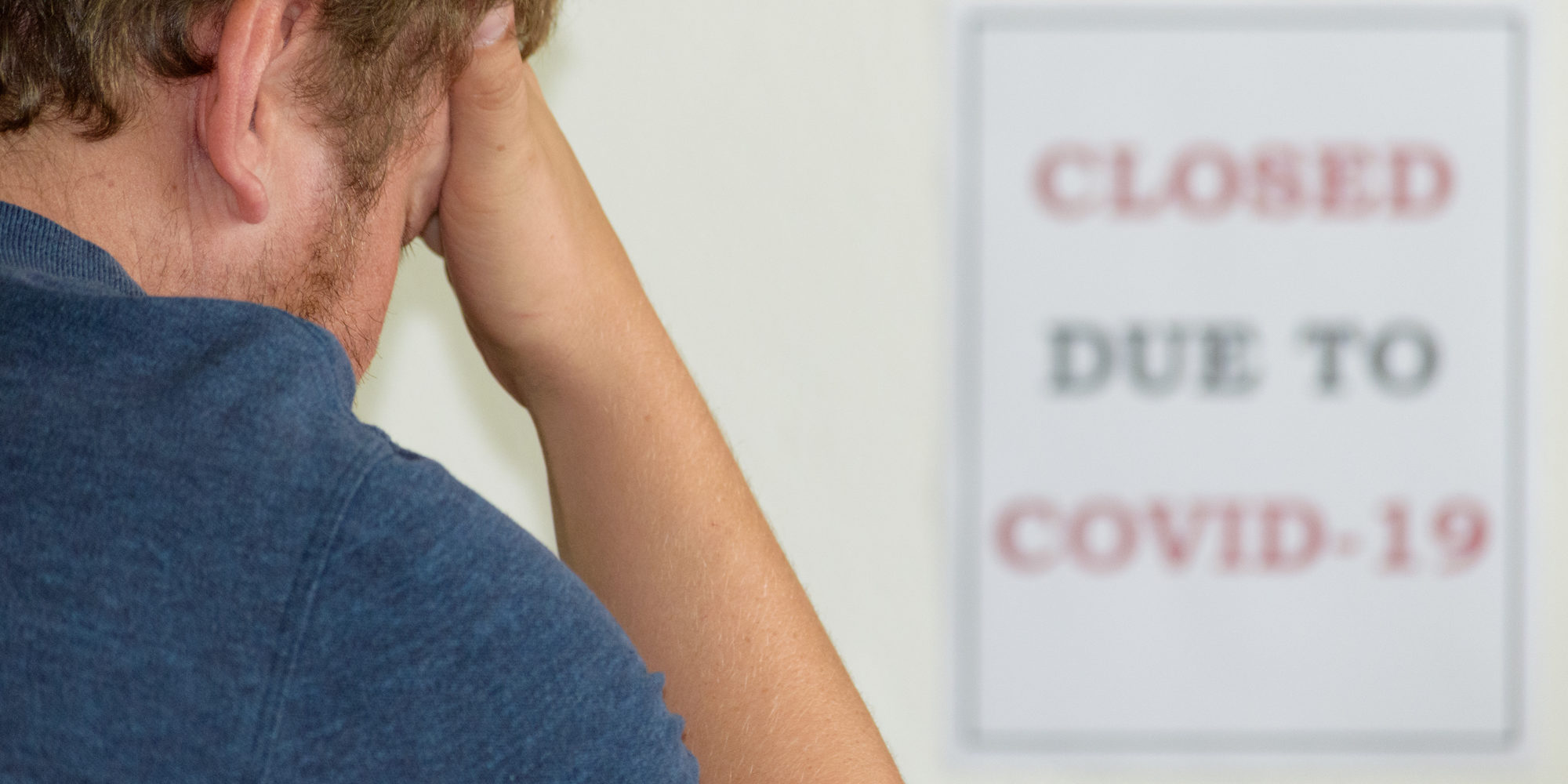Millions of workers in the U.S. have lost their jobs because of the COVID-19 pandemic. While many will find new jobs or be rehired over the next few months, some will not get their jobs back because of having mental or physical impairments that make them less competitive. These people may have a difficult time finding new jobs after the pandemic. Some workers who have lost their jobs will apply for Social Security disability benefits once their unemployment benefits end. While it will not be easy for them to qualify for SSDI, older workers may have a better chance of being approved. Workers who have been laid off and who have disabilities may want to talk to the legal team at Swartz Swidler.
How can laid-off workers qualify for disability?
While it might seem odd to think that laid-off workers might qualify for disability through the Social Security Administration, some low-wage workers have physically challenging jobs and limited work skills. They may ignore medical problems while they continue to work because they cannot afford to see doctors and need the money. They might have worked through the pain for many months or years simply to make ends meet. After losing their jobs and health care benefits, they might be even less likely to work in many different types of jobs.
Many workers in this type of situation will look for new jobs. However, they may have a hard time finding work because of the fierce competition. Some will have trouble because of being older while others may have trouble because of the accommodations they need for their medical conditions. Those who apply for SSDI after being laid off are generally considered to be marginally qualified for benefits by the Social Security Administration. The agency is likely to believe that they can find some type of work even if they have serious conditions.
Common types of medical conditions suffered by laid-off workers
People who apply for SSDI during times of high unemployment are likelier to apply for benefits for conditions like anxiety or depression rather than severe physical disabilities. Convincing a disability examiner that your medical condition prevents you from working in the absence of records dating back years is difficult.
This might be more problematic for women after the pandemic. More women apply for benefits based on mental impairments for which approvals are harder. Young workers may also have a more difficult time since they are likelier to apply for SSDI based on musculoskeletal problems or mental conditions.
Problems of access to health care
Many people who have lost their jobs during the pandemic also have lost their health care coverage. This means that they are less likely to have access to care and may not have medical records to support their claims. If you have not seen a doctor regularly for your condition, you may have a harder time convincing the disability examiner that you are disabled and unable to work.
Importance of work history after being laid off
Administrative law judges and disability claims examiners like to see that people who have applied for SSDI have a strong history of working full time. This indicates that the claimants would rather work than apply for SSDI benefits. If you have a long history of working sporadically, the claims examiner or ALJ might instead think that you are unmotivated to work. This might hurt your chances of being approved for SSDI benefits.
Workers who have a better chance of being approved for SSDI after being laid off
People who are ages 55 or older have a stronger chance of being approved for SSDI benefits after they lose their jobs. This is good since older workers have a much more difficult time finding new jobs after being laid off. Under the Social Security Administration’s rules, younger workers are expected to be able to adjust to less labor-intensive jobs instead of stopping work altogether. However, the agency does not always have the same expectation of older workers. The government understands that people’s medical conditions tend to worsen with age, and the SSA is likelier to recognize situations when older workers who have worked in labor-intensive jobs are too disabled to return to work.
Many workers who have lost their jobs during the COVID-19 pandemic held jobs that required them to spend hours on their feet, including bartenders, waitstaff, cleaners, hotel workers, and construction workers. Some of these older workers have suffered from hip and back pain while trying to work for years and cannot easily transfer to desk jobs. When these workers are unable to return to their jobs, many will likely apply for SSDI benefits. Fortunately, workers who are older than age 55 are likelier to be approved.
Even though older workers stand a better chance of being approved for benefits, they will still need to have evidence that they have serious medical conditions and doctors who are willing to provide statements about how their conditions limit their ability to work. Younger workers who are able to provide the same types of documentation about their disabling conditions may also have a better chance of being approved for SSDI benefits after being laid off during the COVID-19 pandemic.
Get help from an experienced attorney
If you suffer from a mental or physical impairment that prevents you from working and have been laid off from your former job, it is important for you to work with an experienced attorney when filing your SSDI claim. Since many people will likely be applying for benefits because of the high rates of unemployment, the Social Security Administration will likely try to screen as many claimants out as possible. Working with an experienced attorney might help you to gather the right types of evidence to support your claim. To learn more about whether SSDI might be an option for you, contact the attorneys at Swartz Swidler to schedule a free consultation by calling us at 856.685.7420.








